G.Skill DDR3-1600 CL7 6GB PI Series DDR3 Memory Kit Review
Test Results
Below I have separated the graphs with 2D benchmarks up top and 3D benchmarks on bottom.
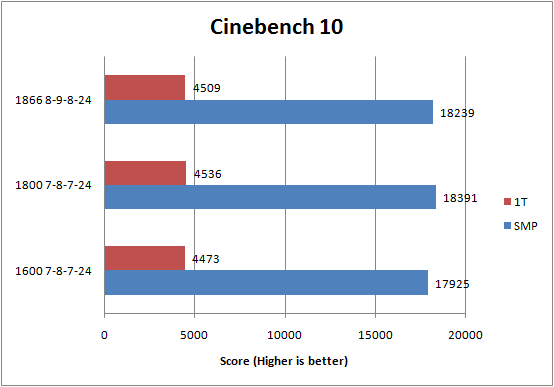
It is not too surprising to see the higher frequency CAS7 settings pulling away with a marginal lead.
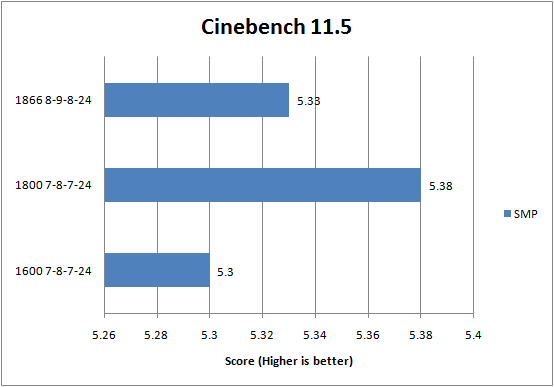
Since the results were so close with CB11.5 I had to use a different scaling on the axis. Keep this in mind when viewing these results. Nonetheless, once again 1800C7 pulls ahead with a ~1% performance advantage.
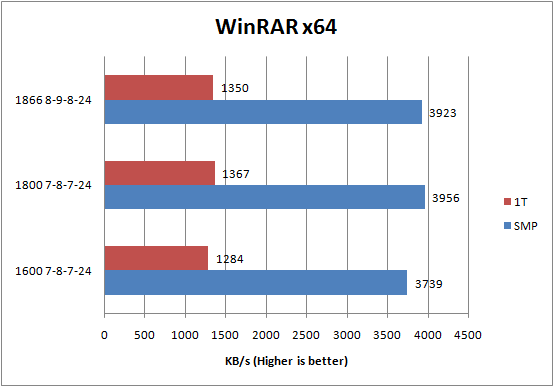
WinRAR has traditionally scaled with bandwidth and the DDR3-1800C7 results pull ahead by ~1% again.
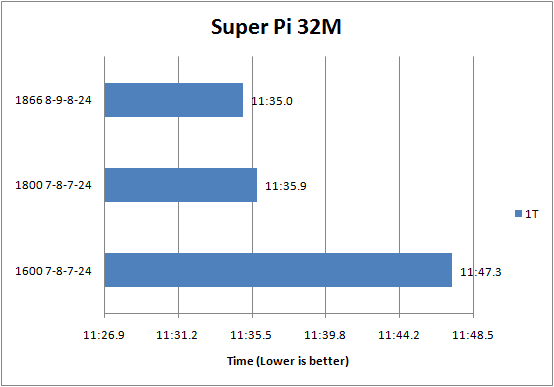
Unlike the previous benchmarks, Super Pi 32M tends to scale with available bandwidth, meaning the slight difference between DDR3-1800 and DDR3-1866 permitted the 1866C8 configuration to eke out a small win.
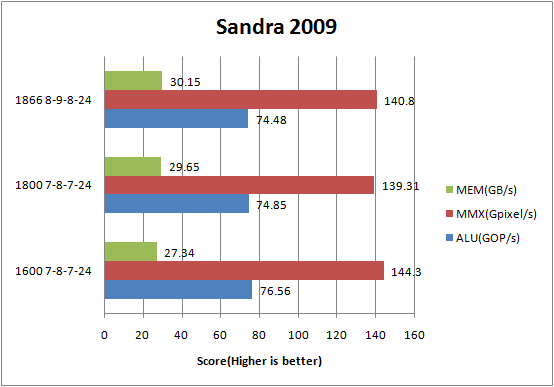
Sandra has always been a funny benchmark and this isn’t the first time that the MMX and ALU/FPU benchmarks haven’t agreed with the other 2D benchmarks. That being said, the memory bandwidth scaling helps to illustrate the previous graphs.
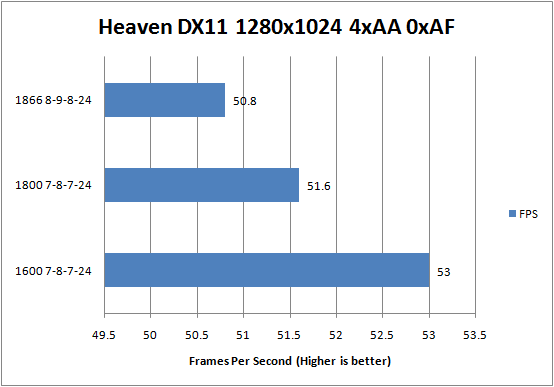
It looks like Heaven is also being a rebel with the stock 1600C7 settings pulling ahead by a frame or two.
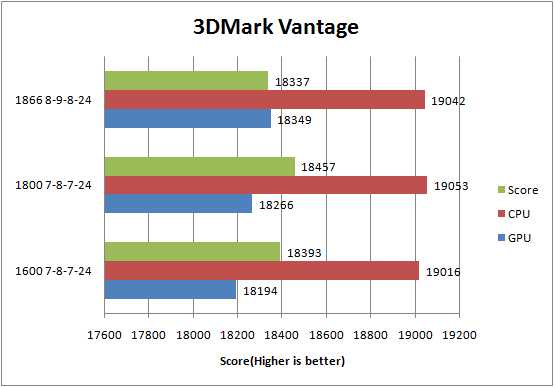
3DMark Vantage shows DDR3-1800C7 once again reeling in a win.
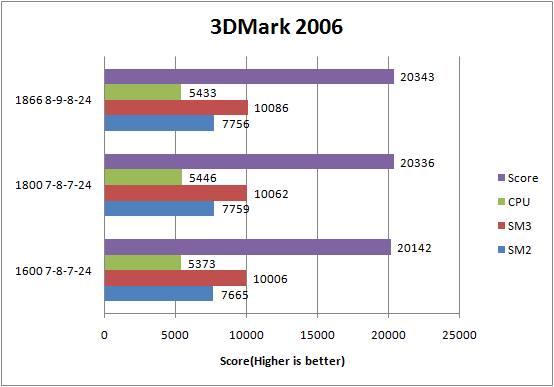
To round it out 3DMark 2006 shows the two higher frequency runs greatly aiding in the benchmark and scoring nearly 200 points more than the stock frequency.
Something I have noticed over the last few memory reviews is that frequently the performance gained in overclocking your memory rarely outweighs the potential instability gained due to the overclock. Through all the results you can see we frequently see performance differences within 1%, well within what I’d consider to be the margin of error.

Comments are closed.